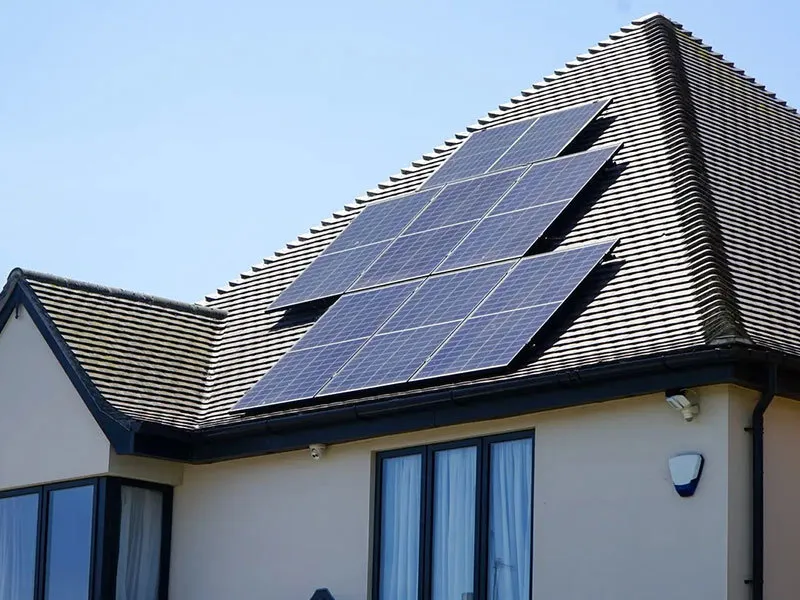Exploring the Theoretical Maximum Efficiency of Solar Panels and Its Implications for Renewable Energy
Theoretical Efficiency of Solar Panels An Overview
Solar energy has emerged as one of the most promising renewable energy sources in the fight against climate change
. As photovoltaic (PV) technology continues to advance, understanding the theoretical efficiency of solar panels becomes crucial in maximizing energy conversion and reducing our dependence on fossil fuels.The theoretical efficiency of a solar panel refers to the maximum amount of sunlight that can be converted into electricity under ideal conditions. This concept is central to the development and improvement of solar technologies, as it establishes a benchmark for evaluating the performance of various materials and designs in photovoltaic systems.
At the heart of solar panel efficiency is the Shockley-Queisser limit, which is a critical formula that defines the maximum theoretical efficiency for a single-junction solar cell. According to this principle, the maximum efficiency under standard test conditions (approximately 1000 W/m² solar irradiance and a temperature of 25°C) can reach around 33.7%. This limit arises from several factors, including the bandgap energy of the semiconductor material used in the solar cells, which determines how effectively the material can absorb sunlight.
Semiconductor materials, such as silicon, gallium arsenide, and cadmium telluride, are commonly employed in the manufacturing of solar cells. Each material has a specific bandgap that dictates its efficiency in converting sunlight into electricity. Silicon, for example, has a bandgap of about 1.1 eV, which allows it to effectively utilize a significant portion of the solar spectrum. However, while silicon-based solar cells dominate the market due to their cost-effectiveness, they often operate at efficiencies around 15-22% in real-world conditions.
solar panel theoretical efficiency

Multijunction solar cells, which consist of multiple layers of different semiconductor materials, have shown potential for exceeding the Shockley-Queisser limit. By stacking layers, each optimized for different wavelengths of sunlight, these cells can achieve efficiencies exceeding 40% under concentrated sunlight conditions. Research is ongoing to improve the materials and design of these solar cells, with emerging technologies focusing on perovskite solar cells that promise both high efficiency and lower production costs.
However, achieving high theoretical efficiency is not the only challenge in solar technology. Practical factors such as temperature, shading, and angle of sunlight greatly influence actual performance. To enhance the practical efficiency of solar panels, techniques like Maximum Power Point Tracking (MPPT), which optimizes the power output based on changing environmental conditions, are employed. Additionally, advancements in solar tracking systems allow panels to follow the sun's path across the sky, maximizing exposure and energy capture throughout the day.
Another crucial aspect is the durability and longevity of solar panels, which influences overall efficiency over their operational lifespan, typically around 25-30 years. Ongoing research aims to enhance the durability and efficiency of solar panels in real-world conditions, striving to close the gap between theoretical and practical efficiencies.
In conclusion, while the theoretical efficiency of solar panels highlights the potential of this renewable energy technology, practical limitations suggest a need for continuous innovation. With ongoing research and advances in materials science, the dream of achieving high efficiency in solar energy conversion is becoming increasingly attainable. As we continue to push the boundaries of solar technology, the journey towards a more sustainable and energy-efficient future remains both challenging and exciting. By investing in these advancements, society can harness the full potential of solar energy, paving the way for a cleaner and greener planet.
-
Unlocking Energy Freedom with the Off Grid Solar InverterNewsJun.06,2025
-
Unlock More Solar Power with a High-Efficiency Bifacial Solar PanelNewsJun.06,2025
-
Power Your Future with High-Efficiency Monocrystalline Solar PanelsNewsJun.06,2025
-
Next-Gen Solar Power Starts with Micro Solar InvertersNewsJun.06,2025
-
Harnessing Peak Efficiency with the On Grid Solar InverterNewsJun.06,2025
-
Discover Unmatched Efficiency with the Latest String Solar InverterNewsJun.06,2025







